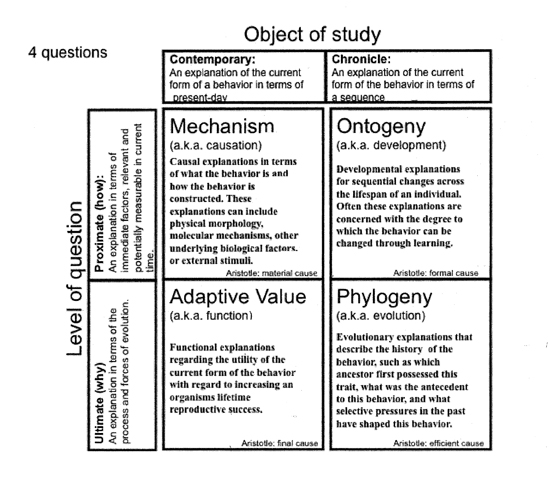Sexual Cannibalism and Mating Behaviors in Mantids
Biology 342 Fall 2010
By: Quinn Langdon and Katherine Thomas
What is Sexual Cannibalism?
Sexual cannibalism is defined as a type of predatory behavior in which females kill and consume potential or actual mates before, during or after mating. The consumption of mates has been documented in insects, arachnids, and amphipods.
The Prey of Praying Mantids
Female praying mantids from most of the roughly 2,200 mantodea species are famous for their ruthless predatory nature and the characteristic striking action they use for prey capture. Prey items are mostly insects, but fish, snakes, birds, frogs, rodents, and even lizards can help to comprise their diets. For females, this carnivorous diet can even include their mates. A video showing the mode of mate cannibalism is displayed below.
Video showing copulation and sexual cannibalism in praying mantids
Video citation: http://www.youtube.com/watch?v=KYp_Xi4AtAQ
Examples of History and Culture Surrounding Praying Mantids and Cannibalism
Sexual cannibalism and mantids have both inspired much interest throughout history. One of the first written records of mantids is seen in the Xiao Erya—an ancient Chinese dictionary completed in roughly 250 BCE. In this work, praying mantids are valued for their courageousness and fearlessness. In addition, mantids appear in the mythologies of indigenous South Africans, where the animal was given the name “hottentotgot”—meaning the god of the Khoi. These insects even play a role in modern day pop-culture, often being tied to their infamous sexual cannibalism. One modern day cultural reference is the praying mantis monster Miss French in Buffy the Vampire Slayer who eats high school boys.
Understanding Mantid Sexual Cannibalism Through Tinbergen’s Four Questions

Schematic representation of Tinbergen’s 4 questions ethologists should ask about animals behavior
Image citation: Adaped from diragram distruibuted by Suzy Renn for Reed College's Animal Behavior class in fall 2010
This site aims to address the sexually cannibalistic behavior of female praying mantids in terms of Niko Tinbergen’s four questions of animal behavior: mechanism, phylogeny, adaptive value, and ontogeny—all shown in the diagram above. Although we plan to use these four general questions to explore this behavior in a manner that is easily adapted to a web format, we also want to emphasize that animal behaviors are complex and multifaceted. So keep in mind the interrelatedness of the four categories as you browse through the website in order to gain a more fully realistic, holistic understanding of the behavior.